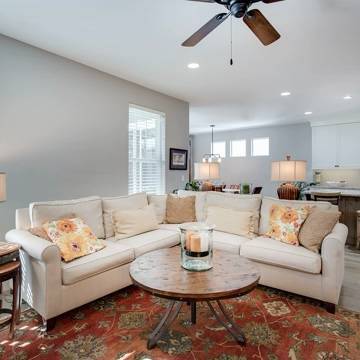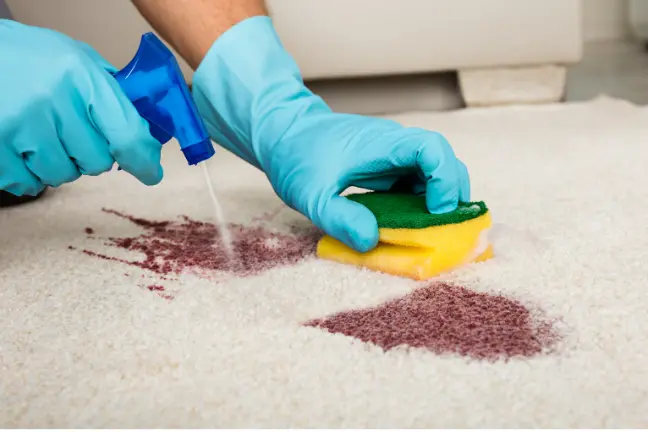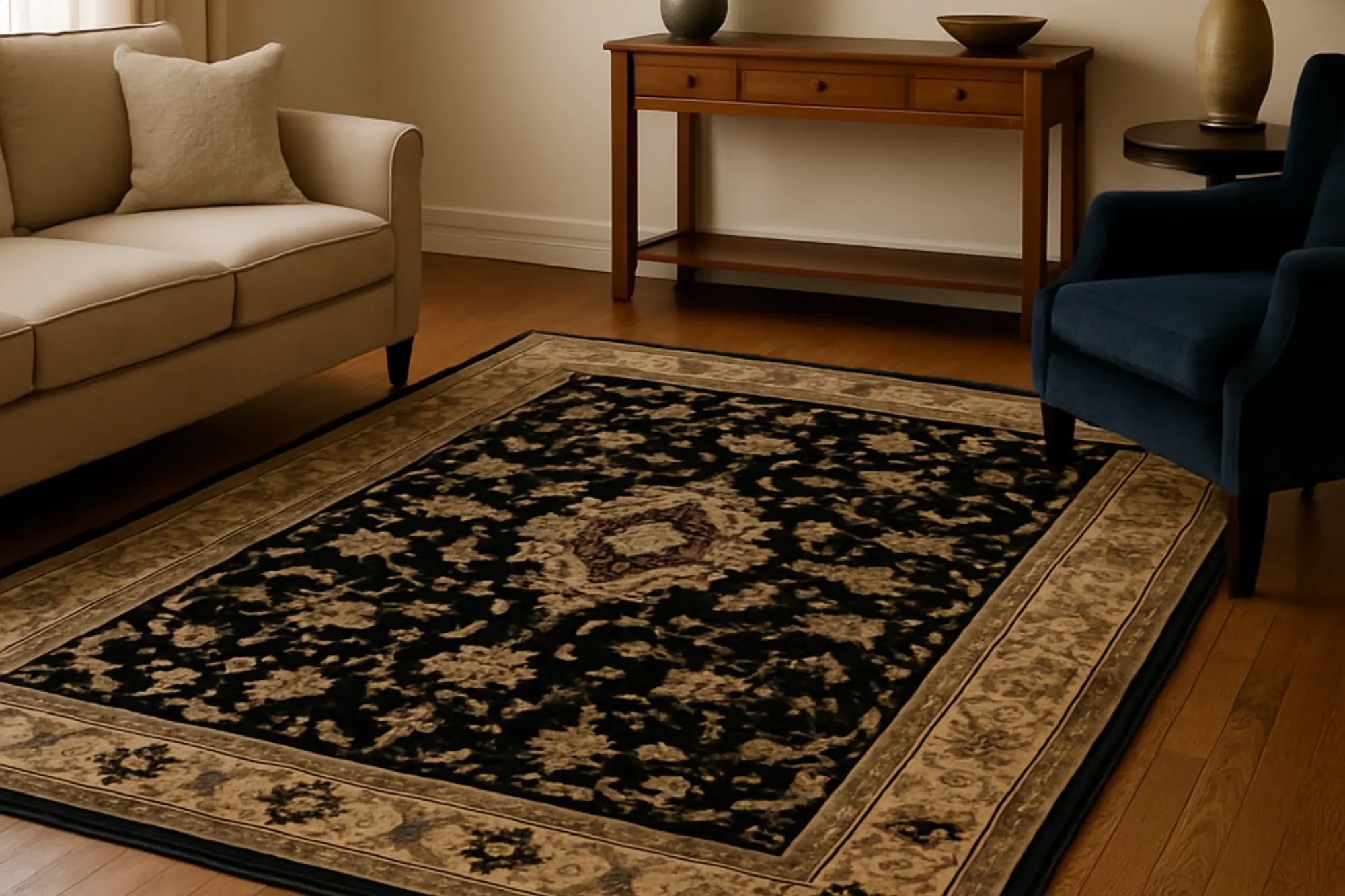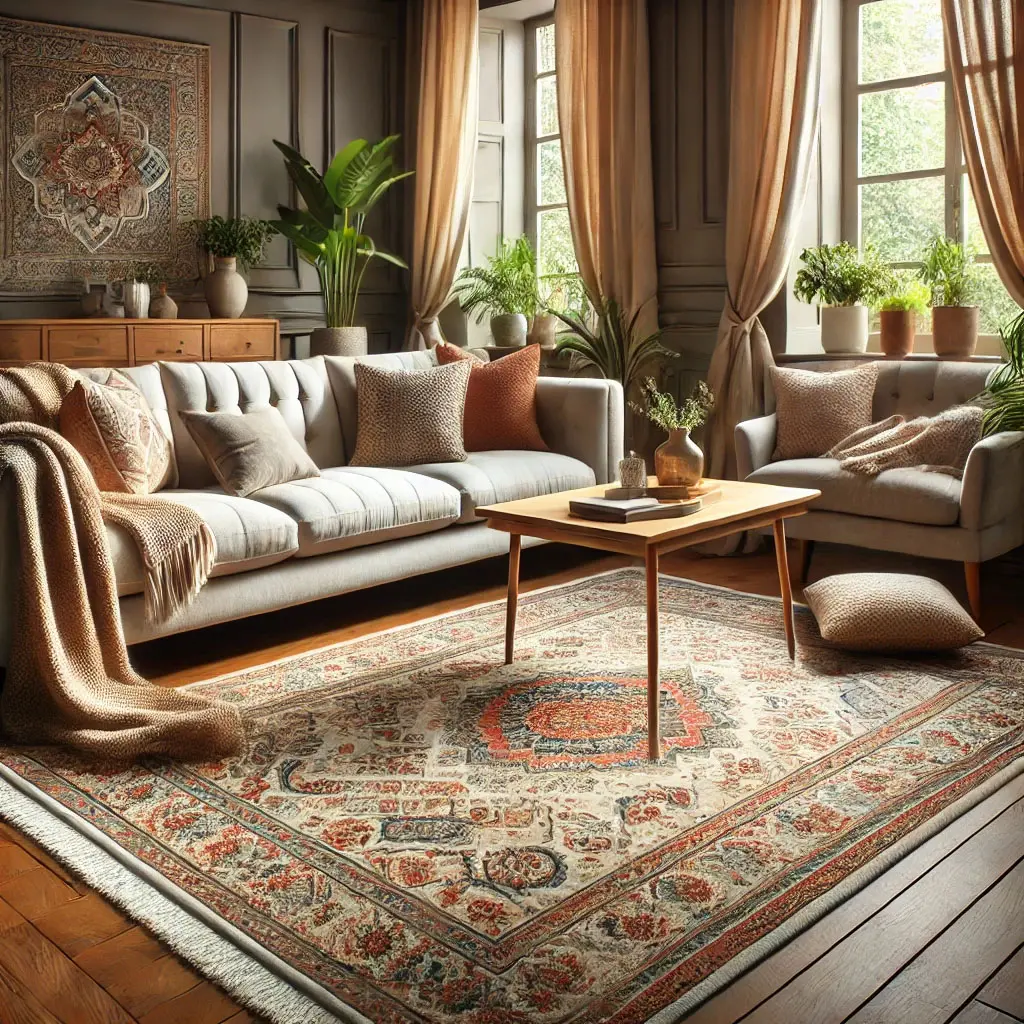What to know about Persian Rugs

Handmade Persian area rugs are one of the most effective and fundamental components that show the central theme of Persian Art and Culture. The development of the art rug has always been one of the most important manifestations for Persian artists. Searching deep into the issue and spanning back many thousands of years ago, it can easily be realized that the carpets made in that period are used to provide the aesthetic and beautiful tastes of royalty. In this article, we will take a brief look at the history of handmade Persian area rugs. We will then answer some of the questions you've always wanted to ask about handmade Persian area rugs. Yeah, we got the questions by reading your minds, don't ask us how we did that. LOL. Just take a chill pill and read on. A brief History of handmade Persian area rugs Studies have shown that the Persian rug patterns that came first and the ideas to design handmade Persian area rugs came from the Safavid Dynasty in Iran in the sixteenth century. Evidence has shown that there are wide varieties of Persian rugs from this classical period. Persian carpets of the sixteenth and seventeenth centuries were known to be among the most demanding decorative components. Presently, several pieces of worn classical Persian carpets are still found in Tehran's carpet museum. What Is the Difference Between a handmade Persian area rug and a "Regular" Oriental Carpet? An oriental carpet is an intricate handmade piece produced in any of the following countries: China, India, Egypt, Pakistan, Iran (Persia), and Afghanistan while a Persian rug is a sub-category of an oriental rug and a handcrafted piece made in Iran. Therefore, rugs that are handmade in countries like Pakistan, India, China, Egypt, or Afghanistan located outside of Iran are not Persian rugs but are handmade Oriental area rugs. Are Persian and Iranian rugs the same? Absolutely. The name "Persian'' is derived from the Persian Empire, which is one of a series of imperial dynasties centered in Persia (modern-day Iran) What type of rug would be considered an "antique" Persian rug? "Antique" means "Old." Relating this to Persian rugs, "antique" means "at least 80 years old." So, for a Persian rug to be considered "antique," it must have been woven in Persia at least 80 years ago. What makes Persian Rugs so valuable? Time and tradition. While the materials used can affect the cost, rug weaving is an art that is passed through generations, and weaving a piece of a Persian rug, depending on its size and the number of knots needed can take up to several years. A handcrafted rug is a mark of extreme dedication to one's craft and an heir to a tradition that goes back thousands of years, very few other arts can match the age of the handmade Persian area rug art and the amount of effort it requires to produce one. There you go, questions answered! Are there some more questions you have that we haven't answered? If yes, kindly drop them by using the comment box below.
Explore more trending collections!
Share:




